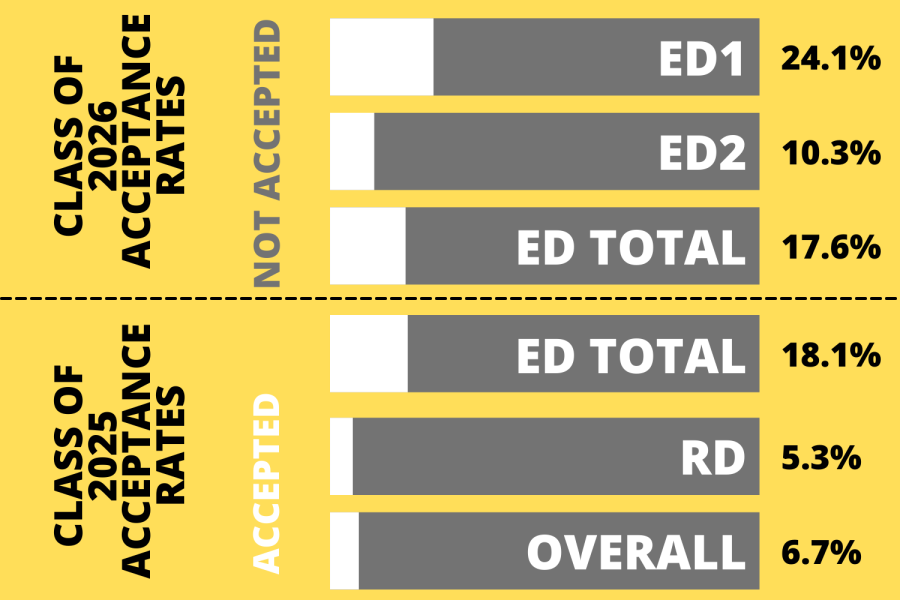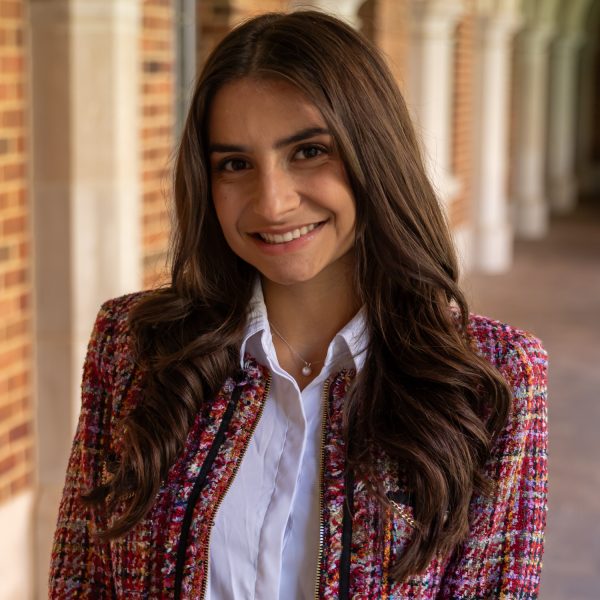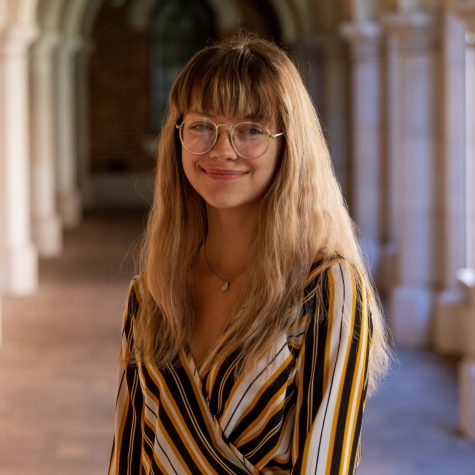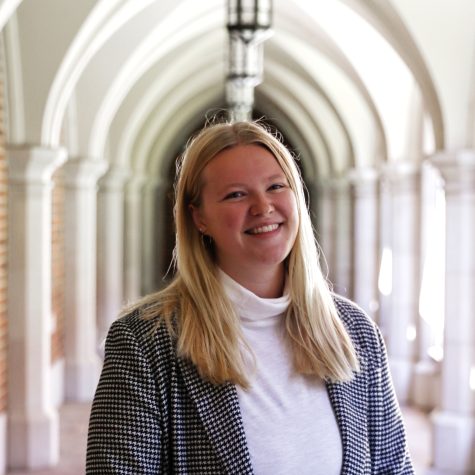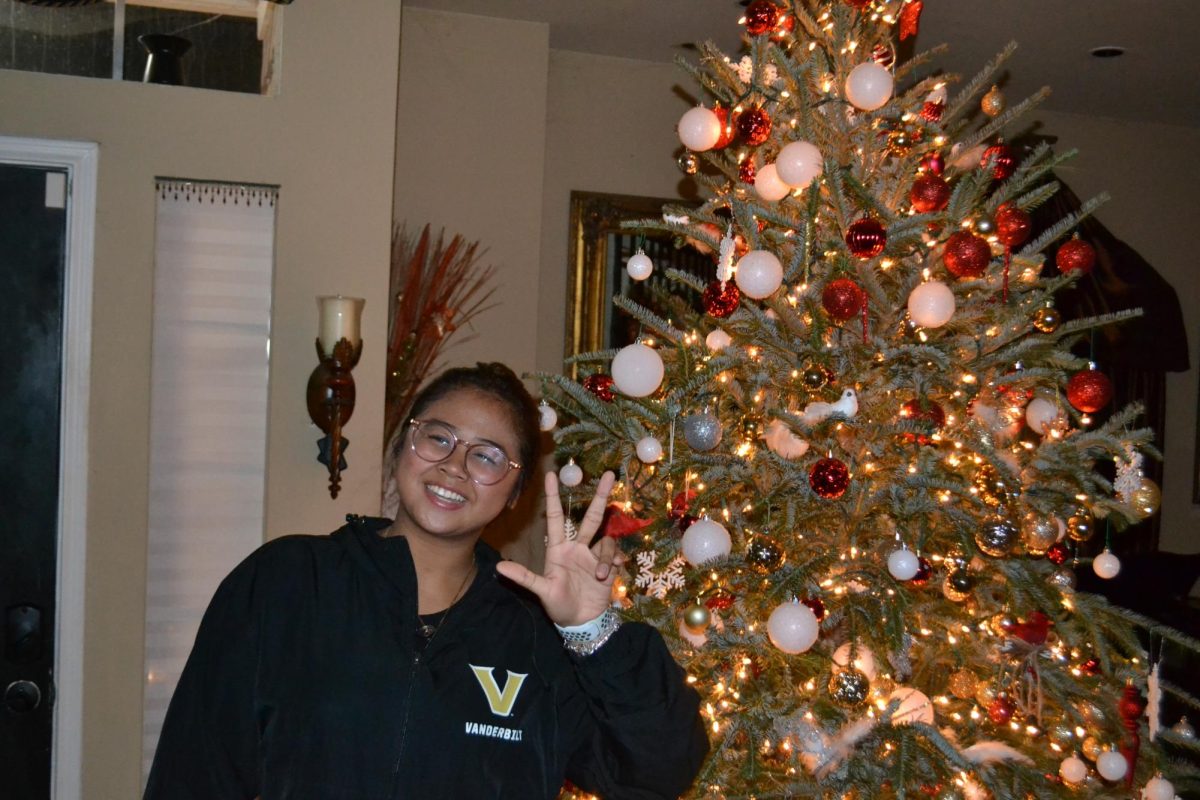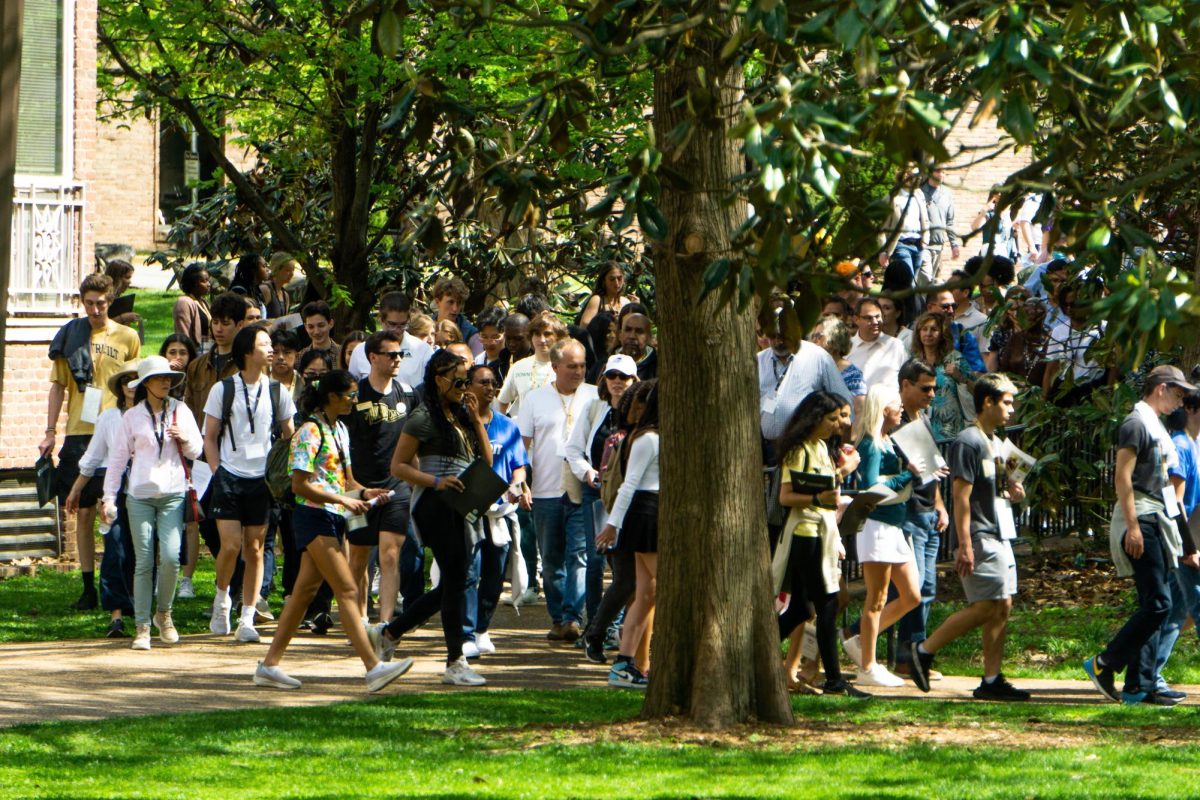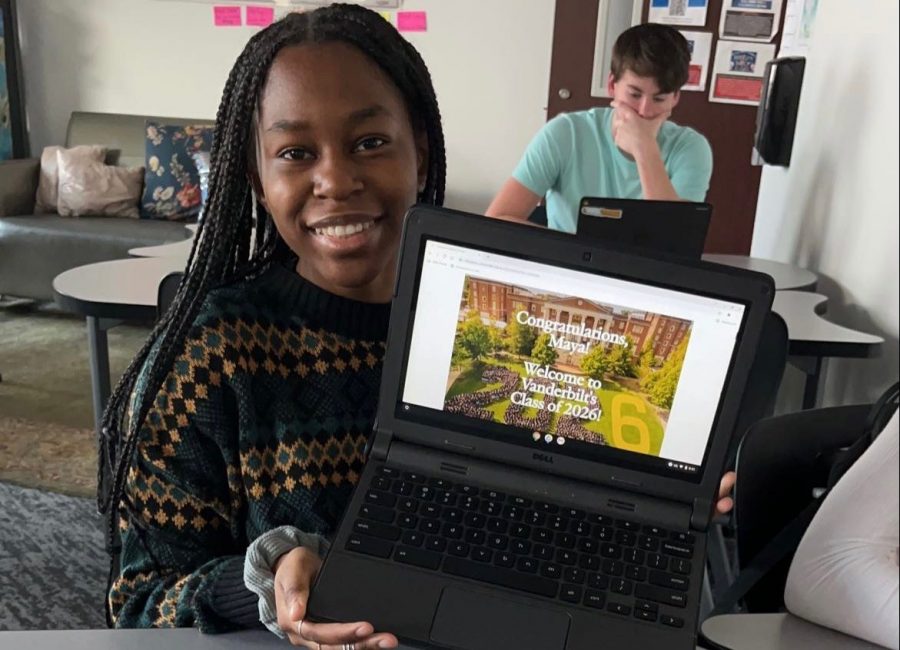Approximately 250—10.3% of—applicants in the early decision II (EDII) pool were admitted to the Class of 2026 on Feb. 11. The acceptance rate for the early decision I (EDI) cycle was 24.1%, with the overall early decision (ED) acceptance rate being 17.6%.
Overall, 5,107 prospective students applied to Vanderbilt in both ED cycles combined, with approximately 2,407 applicants in the EDII pool. Around 900 students were admitted, amounting to approximately half of the incoming Class of 2026, according to Dean of Admissions Doug Christiansen.
Admissions trends
The ED acceptance rate for the Class of 2026 reflects a 0.5% decrease from that of the Class of 2025 and 3.1% from that of the Class of 2024. Per Christiansen, this downward trend in acceptance rates can be attributed to how the university has steadily received an increasing number of ED applications each year. Christiansen said ED applications have increased by 40% in the past five years and by 78% in the past 10 years.
“The value of your degree continues to grow as early decision continues to grow because we have a greater number of students that want to be here,” Christiansen said.
With the increase in applications and decrease in acceptance rates, Christiansen stated that ED applicants have also grown stronger in their qualifications over the years. Particularly, he mentioned that many applicants found creative pastimes during the pandemic, such as teaching themselves new hobbies and focusing on personal development.
“What we’re seeing every year is increased competitive backgrounds and metrics that the students are bringing in early decision,” Christiansen said. “The strength and rigor of [the courses] the students have taken in high school… we’re just seeing all of that increase each year.”
Comparison to peer institutions
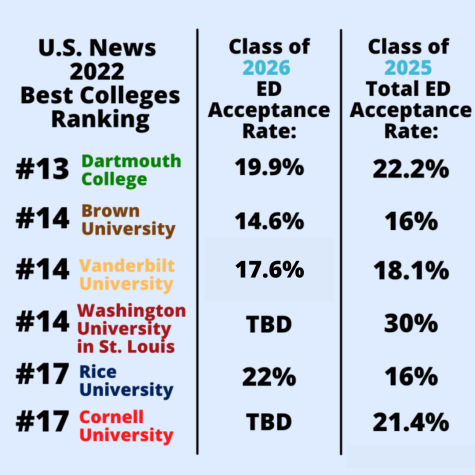
Vanderbilt is tied with Washington University in St. Louis (WashU) and Brown University at No. 14 on the 2022 U.S. News Best Colleges list. While WashU has yet to release ED admission statistics for the Class of 2026, Brown’s ED acceptance rate was 14.6%.
Dartmouth College, listed at No. 13, had a 19.9% ED acceptance rate, and Rice University, ranked 17 on the list, admitted 22% of ED applicants. Cornell University, which is ranked 18, released its ED decisions on Dec. 13 but refrains from publishing admissions statistics until the admissions cycle is complete.
Dartmouth, Vanderbilt and Brown all accepted a lower percentage of ED applicants to the Class of 2026 compared to the Class of 2025, while Rice’s ED acceptance rate for the Class of 2026 was 6% higher than that of the Class of 2025.
Test-optional policy
Christiansen said he expects to see a slight uptick in the percentage of applicants to the Class of 2026 who submitted test scores compared to that of the Class of 2025, given that more test centers are reopening as pandemic restrictions ease. For the Class of 2025, 56.4% of applicants, 61.1% of admitted students and 56.6% of the enrolled class submitted test scores.
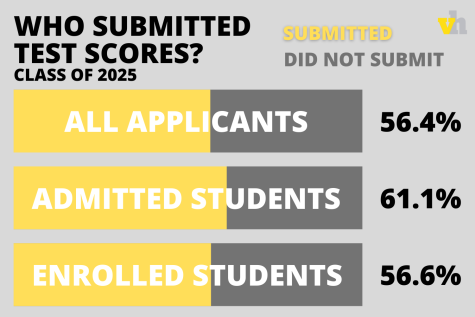
“If you turn in a test, we’re going to use it; if you don’t turn in a test, you won’t be penalized,” Christiansen said.
Of the accepted ED students to the Class of 2026 who submitted test scores, the middle 50% SAT Reading and Evidence-Based Writing scores was 730-770, and the middle 50% SAT Math scores was 760-800. The middle 50% of ACT scores was 34-35.
The university’s test-optional policy will remain in effect for at least the Classes of 2027 and 2028, according to Christiansen.
“[For] students that were in high school during COVID-19, if you were at a lower-resourced high school, education was delivered very differently than if you were at a highly-resourced high school,” Christiansen said. “This is to make sure we have the most equitable, fair admissions process for all of our applicants.”
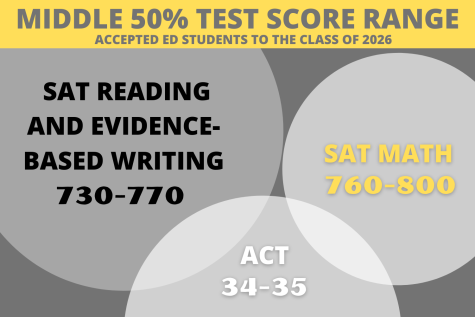
According to Christiansen, the university will be collecting data over the next couple of years on the first-semester academic performance of students who did and did not submit test scores. This information will be used to determine whether to further extend the test-optional policy. He said a decision on the policy will be announced closer to 2024.
“Their transcript, the rigor of their transcript, the grades on that transcript and testing, all of that combined when we study it is the best predictor of who will be academically successful, based on grades. That doesn’t mean success doesn’t come other ways,” Christiansen said. “We’re trying to look at if you don’t have testing and you just have the transcript and the rigor, is there anything we can see different in the admissions process of how well that student does or does not do [in college]?”
Accepted student reactions
Madyson Cahill was accepted via EDII and plans to study biology, chemistry and Spanish while at Vanderbilt. She said the differences between her hometown of Londonderry, Ohio, and Nashville drew her to Vanderbilt.
“It’s a much more rich environment; the people are a lot more friendly,” Cahill said. “I feel like it’s a very science-focused community.”
Similarly, Aarij Atiq of Lahore, Pakistan, said Vanderbilt’s integration into the city of Nashville factored into his decision to apply to Vanderbilt ED.
“From volunteering and work experiences with startups in the city to the university’s efforts to support local cuisines through Taste of Nashville, I am sure my experiences at Vanderbilt will not be confined to the 300-acre campus,” Atiq said in a message to The Hustler.
Cahill described how opening her portal and seeing her acceptance page was a surreal experience, one that she is happy she had the chance to celebrate with her family.
“I didn’t even believe it at first,” Cahill said. “I even double-checked the name [on the portal]. I was shaking, and my mouth dropped.”
Atiq’s admissions decision was released at 4 a.m. Pakistan Standard Time (PST). Being half-asleep when he logged into his portal, he said he scrolled past his acceptance letter without realizing it at first.
“After a minute or two of fruitless scrolling, my eyes finally landed on my name as I let out a shriek and ran to tell my family of the news,” Atiq said.
Accepted student programming
In-person accepted student programming will occur for the first time since the start of the pandemic. All accepted students are invited to campus for Anchor Day on April 11 for an all-day event involving speaker panels, presentations, discussions and a guest welcome by Chancellor Daniel Diermeier. Christiansen also said 12 admitted student alumni receptions will be held around the country prior to the May 1 commitment deadline. Accepted student tours and student panels will occur each Monday and Friday throughout April.
Virtual accepted student and parents panels will also be held during April, per Christiansen. Additionally, Diermeier, Provost C. Cybele Raver and Christiansen will host a virtual town hall for accepted students and families.
“That’s one of the nice things with COVID-19: It’s really helped us to make it broader for students, [such as] international students or students with lower economic backgrounds, who can’t get here,” Christiansen said. “Now, they can really start understanding the campus better.”
Decisions for the regular decision pool will be announced at the end of March, according to Christiansen. He said information regarding accepted student programming will be made available to accepted students in the coming weeks.



